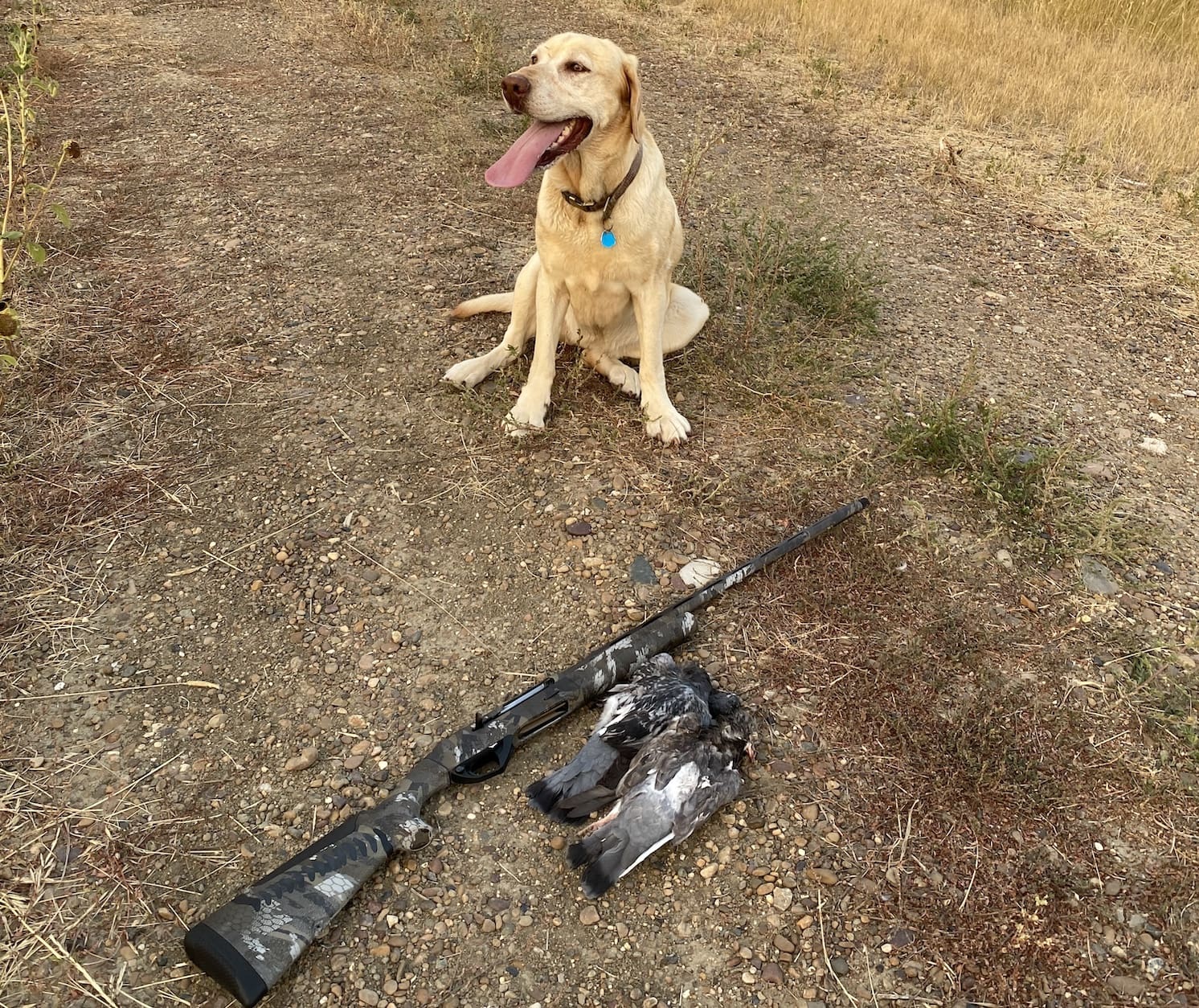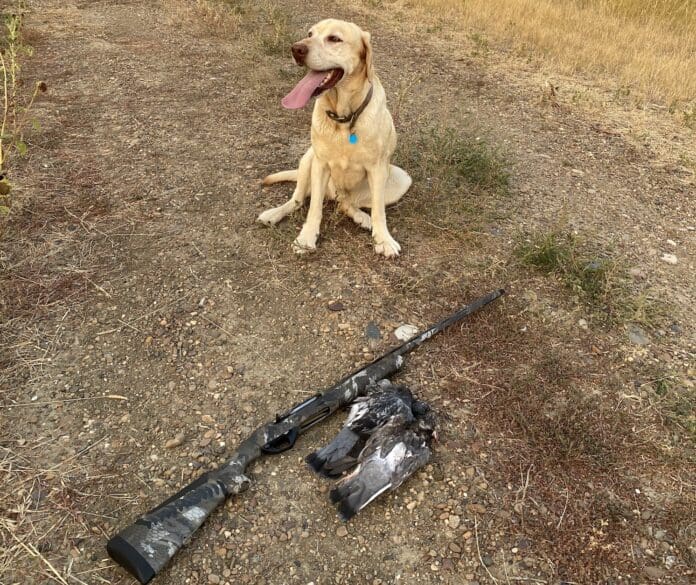
I was dumping wind-driven mallards with enough consistency to quietly praise both my ability to visualize the crazy amount of lead required and the snappy 12-gauge Franchi I was swinging.
But for every bird I sent cartwheeling into the Nebraska Sandhills pothole, my buddy Scott Turner crushed another, and both of us were reaching out to 40 and 45 yards for some of the wariest greenheads and teal. Only Turner was shooting a 28-gauge and laughing after every shot. It just appeared that he was having a lot more fun than I was, so when he offered to switch guns I jumped at the invitation.
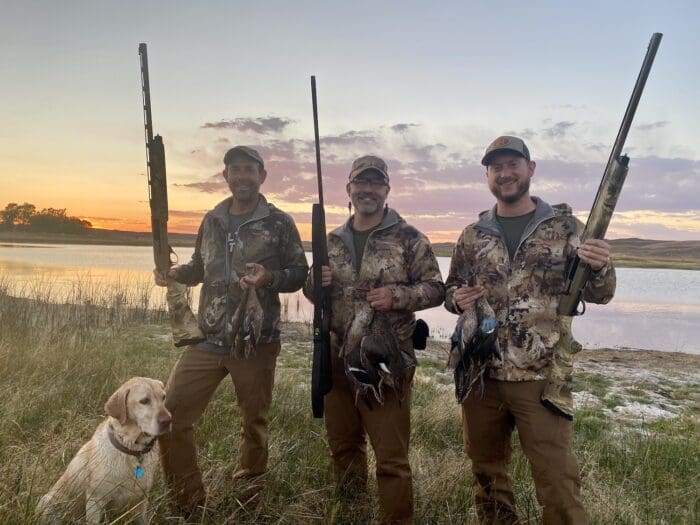
It took me a few shots to get the feel of the load and lead, but then I started connecting with teal, and became an instant convert to the cult of the 28-gauge. It helped that Turner is the product manager for HEVI-Shot, so I didn’t feel too bad about shooting all his shells. But it also helps that the 5.5-pound gun isn’t overly whippy. Instead it points with authority and swings smoothly, but the lithe figure of the gun and its light weight make it a joy to shoot, even during extended volleys.
That evening shoot for mid-season Nebraska ducks last fall convinced me to get my own copy of the 28, and within a couple weeks I had my own Benelli Super Black Eagle 3, wearing the all-purpose Gore Optifade Timber camo pattern. I used it for Montana waterfowl and pigeons, but it got most of its work in the prairie, where I deployed it for sharptail and sage grouse and twitchy little Hungarian partridge.
My year in the field with the SBE3 gave me some insights into the capabilities of the 28-gauge, but also some perspectives on its limitations.
The New 20 Gauge
Fundamentally, I’d describe the 28-gauge — regardless of platform — as the new 20-gauge. That’s because shotshell innovations have elevated payload performance, giving 28-gauges new reach, new lethality for a wide range of winged game and more variety in payloads. You can use the same 28-gauge for spring turkeys, then for opening-week doves, pheasants and most waterfowl.
Using HEVI-Shot as an example, the HEVI-18 payload in No. 9 shot is a devastating turkey load, and the HEVI-XII size 6 tungsten load will take care of pheasant-sized game, and I’m a fan of the No. 4 shot for mallards and close-in geese. Other shotshell manufacturers have similarly upped their 28 game, increasing capacities and introducing a wide variety of metals and shot sizes.
While I’m tempted to say the SBE3 is the perfect all-around 28 gauge, it’s only an adequate turkey gun. The gun’s receiver isn’t tapped to accept an optic, and its carbon fiber rib doesn’t easily accept aftermarket sights. I planned to use HIVIZ sights to at least give me a two-sight plane for shooting tight groups out to 30 yards, but the rib is fairly fragile and I didn’t want to risk cracking it with set screws. With only a front bead, the SBE is somewhat limited as a turkey gun.
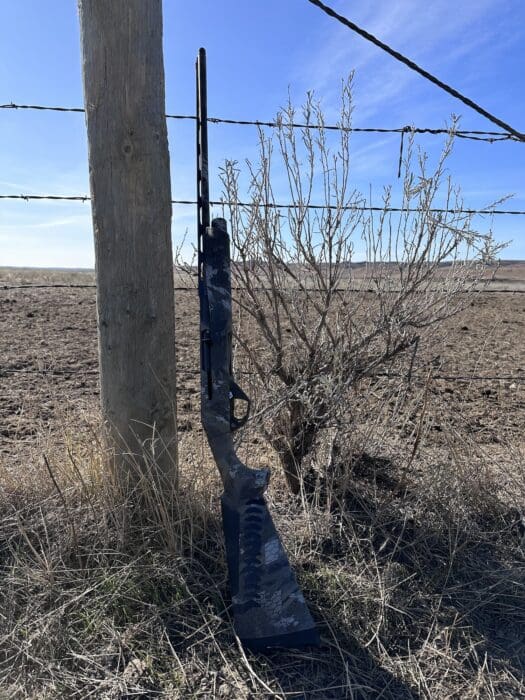

I should note that I got lethal 30-yard groupings with that front bead, mainly thanks to an aftermarket choke. Benelli includes Cylinder, Improved Modified and Full with the gun, and while the factory Full grouped all three turkey loads pretty well, I was looking for a tighter choke for TSS loads. Scott Trulock of Trulock Chokes came through with a new TSS-specific choke that tightened groups by about 20 percent. I settled on APEX Ammo’s 2 3/4-inch, 1 3/8-ounce load of No. 9 tungsten, but at the end of the day, I left the SBE3 in its case as I pursued turkeys with a shotgun that I felt confident shooting out to 40 yards.
But any shortcomings the Super Black Eagle 3 has in the turkey woods are eclipsed by its performance on flying birds.
Ultimate Fall Gun
I started my fall with tune-up pigeons and found myself laughing like Turner with every bird I dropped. The 28-inch barrel is optimized for crossing shots (the SBE3 is also available with a 26-inch barrel) and the ability to chamber either 2 3/4-inch or 3-inch shells allowed me to shoot light field loads for both pigeon and doves.
The gun was at its best on early season doves. With a short-sleeve shirt, the 14 3/8-inch length of pull was perfect. I noticed that the LOP was a little long for later-season hunting, when I had a sweater and a coat. I struggled a little with snap shots at doves, but any longer crossing shot was lights out.


Benelli has done remarkable work with both its controls and its lock-up action. The oversized charging handle is easy to operate, even in the heat of an incoming dove squadron. And gone are the days of the dread “Benelli click,” when the bolt wasn’t completely locked up. I found myself constantly bumping the charging handle forward to ensure the bolt was seated, but didn’t really need to; it was just a habit left over from the old days when light-cycling shells sometimes didn’t have quite enough gas to seat the bolt.
The trigger guard is overlarge, but it’s perfectly sized to accommodate late-season gloves. The beveled loading port is also much easier to manipulate with gloved hands, making in-the-moment reloads a cinch.
The 28-gauge version of the SBE3 has all the recoil-mitigation technology of the bigger-bore Benellis. They include the shock-absorbing chevrons of the Comfort Tech stock and a synthetic cheek pad that reduces vibrations. Inside, Benelli’s patented Inertia-Driven System runs smoothly and cleanly for a semi-automatic.
Do you need the recoil-absorbing features in a 28 gauge? Probably not for lighter field loads, but they’re nice for heavy turkey loads, and because the recoil with some of the stouter waterfowl loads have a cumulative effect, the gun is equally a pleasure to shoot at the end of a good duck day as it is in the beginning. I can’t say that about every 5.5-pound shotgun.
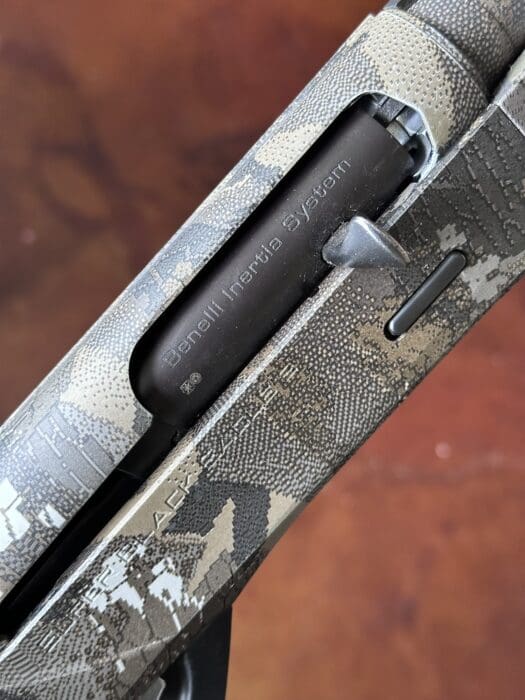

This is a premium semi-auto field gun, and the retail price of the SBE3 — $2,049 — will keep it as an aspirational purchase for most hunters. But given the rise in 28-gauge shotshell availability and the wide versatility of the platform, the Benelli remains a solid alternative to a 28-gauge side-by-side or over-and-under.
If I could recommend one significant change to the Super Black Eagle 3, it would be to replicate the outstanding design in a left-handed version. The righty action is fine to work, but it’s such an established design that I think Benelli could win over an entirely new population by extending the product line to us southpaws.
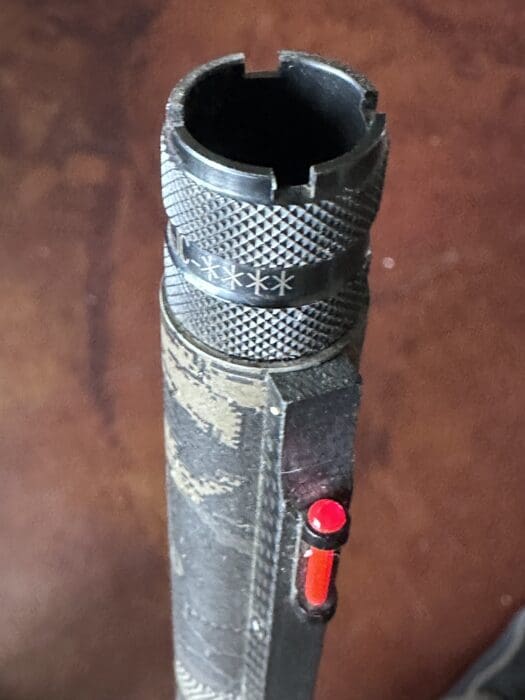

Read full article here

